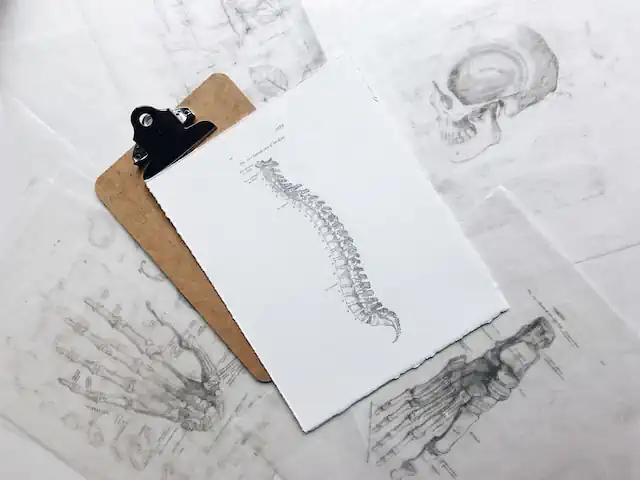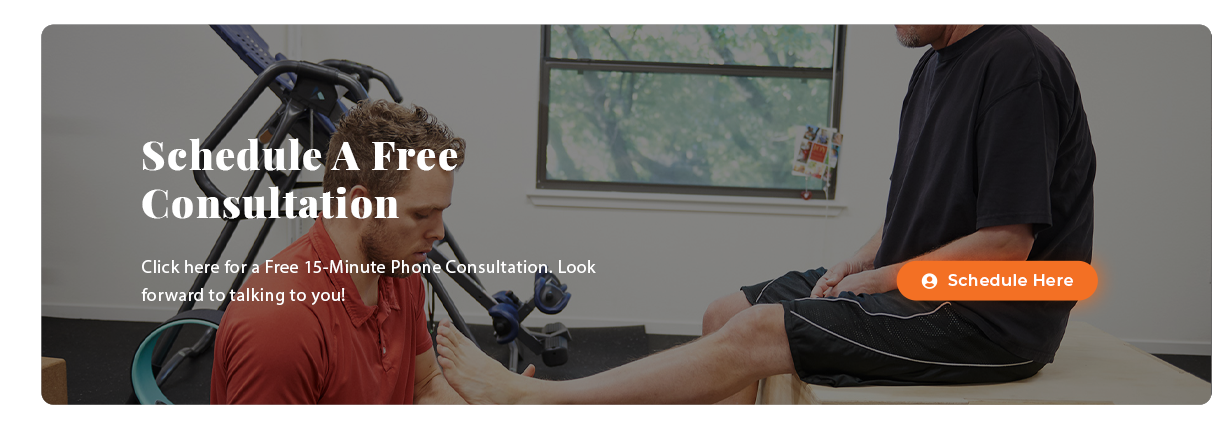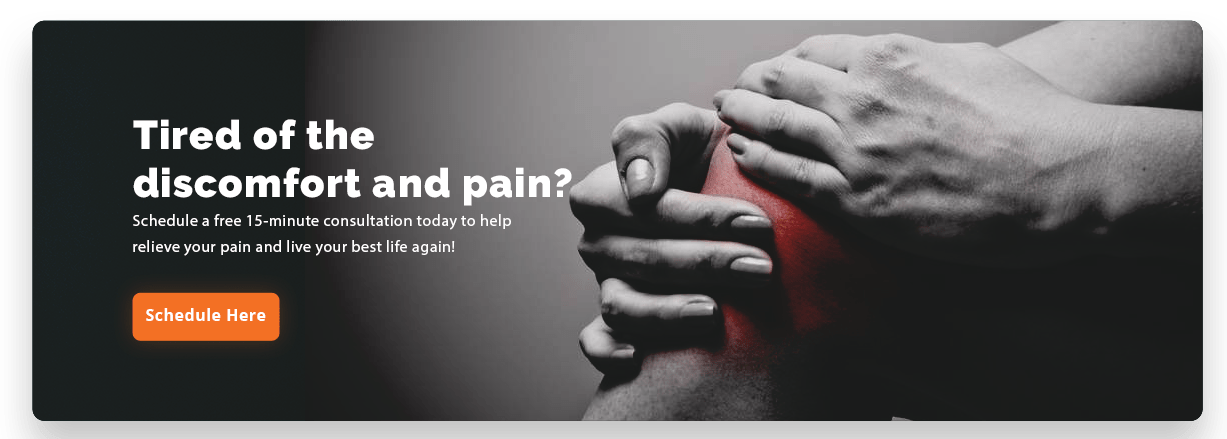“Time is not a cure for chronic pain, but it can be crucial for improvement. It takes time to change, to recover and to make progress.” – Dr. Mel Pohl, A Day Without Pain
Chronic pain affects approximately 50 million adults in the U.S., according to the Centers for Disease Control and Prevention (CDC). Pain can assault our bodies in a wide variety of areas and for a varied number of reasons.
According to a study by The Good Body, the most common types of chronic pain are:
- Low back pain (27%)
- Severe headache or migraine pain (15%)
- Neck pain (15%)
- Facial pain (4%)
In addition, many people suffer from other common forms of chronic pain that include arthritis, or joint pain, ongoing pain in scar tissue, and repetitive motion injuries.
For some, however, the source of their pain rests in their neck and shoulders.
Common Causes of Shoulder Pain
When someone suffers an injury to their neck or shoulder, pain will be an obvious result. And while it may take time to recover and heal, this type of pain will subside eventually. However, there are other causes of shoulder pain that allow for lingering, or recurring pain.
For example, the Cleveland Clinic has noted that the three most common causes of shoulder pain are:
- Rotator cuff injuries
- Rotator cuff tears
- Osteoarthritis
The first two are physical injuries that, in most cases, can be repaired and typically heal over time. In the case of osteoarthritis or OA, however, treatment can vary but is mostly reliant on exercise, diet, and managing pain.
While shoulder joints are not the most commonly afflicted areas for this form of arthritis, it can affect any joint in the body.

According to Arthritis.org,
“Osteoarthritis is a degenerative joint disease that can affect the many tissues of the joint. It is by far the most common form of arthritis, affecting more than 32.5 million adults in the United States, according to the Centers for Disease Control and Prevention.
Historically, osteoarthritis (OA) was known as a “wear and tear” condition, generally associated with aging. But we know now that it is a disease of the entire joint, including bone, cartilage, ligaments, fat and the tissues lining the joint (the synovium). Osteoarthritis can degrade cartilage, change bone shape and cause inflammation, resulting in pain, stiffness and loss of mobility.
OA can affect any joint, but typically affects hands, knees, hips, lower back and neck.”
While there is no cure for OA, treatment can include physical therapy that can provide specific exercises to help stabilize your joints and ease pain, as well as instruction to make movement easier and to protect joints.
Other common causes of shoulder pain include.
- Impingement syndrome
- Frozen shoulder
- Bursitis
- Tendinitis
- Broken arm or collarbone
- Dislocated shoulder
- Septic arthritis
- Rheumatoid arthritis
Treatment for these various conditions depends on the specific causes, however, in many cases physical therapy can be utilized to bring varying levels of relief.
When a Pain in the Neck is More Than a Figure of Speech
While shoulder pain can be restrictive and even debilitating, neck pain has a way of disrupting daily life activities, being severely distracting, and triggering irritability.
Neck pain is often connected to or associated with shoulder pain, especially if it is the result of stress and anxiety. Our bodies have normal muscle responses to stressful events or bouts of anxiety known as a stress response. Muscles contract, sometimes, forcefully in preparation for possible “fight or flight” reactions. The muscles typically relax again once the perceived threat has passed.
However, if the stressors – the stress inducing circumstances – do not diminish or end, then our body may stay in a heightened state of readiness to face a threat. As a result, our muscles may stay tense and tight for much longer than they need to.
According to the American Psychological Association (APA), ongoing muscle tension in your neck and shoulders can lead to more serious issues including neck pain, and migraine and tension headaches.
In fact, most health experts have determined that the most common causes of chronic neck pain include muscle strains due to overuse, worn joints, cervical osteoarthritis, cervical degenerative disc disease, and cervical herniated discs.
The good news is that, in many situations, physical therapy can be used to treat chronic neck pain. Physical therapy programs for neck pain, for example, often involve applying treatments for reducing pain and stiffness so that a patient can begin an exercise program of strengthening and stretching the neck.
Finding Relief from Severe Neck and Shoulder Pain
Even though you may feel that your lifestyle is relatively stress-free, and you rarely experience bouts of anxiety, low-level stress can trigger and then aggravate neck and shoulder pain. And left untreated, this can become a chronic pain condition.
The good news is that by making an appointment with Pain and Performance Solutions, you are taking the first step to relief from crippling neck and shoulder pain.
And the first thing we will do on that journey is to sit down with you and learn about your present discomfort as well as your history of pain. After completing a full examination, we can determine the best treatment form and start you along your road to recovery.
Fortunately, there are several techniques we can utilize that make it possible to accurately locate and identify the true source of your pain so as to determine the best therapies for bringing relief.
But to achieve relief from chronic pain with therapies such as Active Release Techniques® we must first understand where your pain started. In some cases, which could mean it started previously with another injury you might have sustained.
And when it comes to finding pain relief with Pain and Performance Solutions, your trust in us and your transparency is key. Getting your body to work properly is the only way to achieve total recovery and that is our goal for you.
You can reach us at (707) 636-4404 or by filling out our online contact form. We are here to help and will answer any and all questions that you may have.


